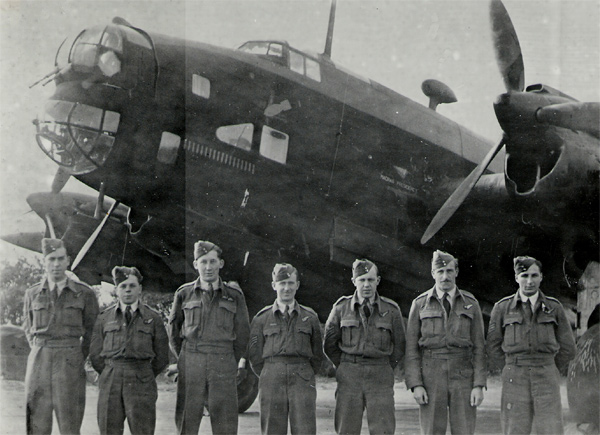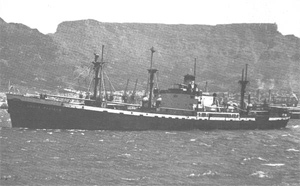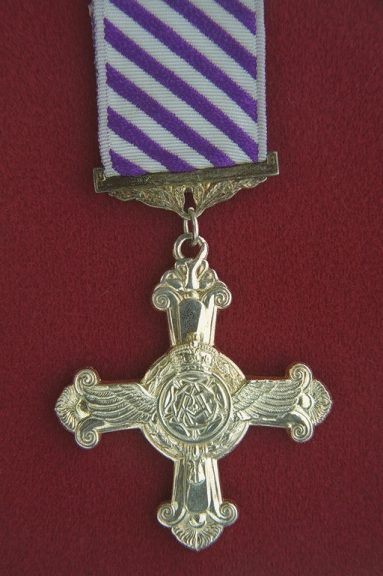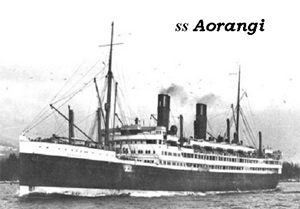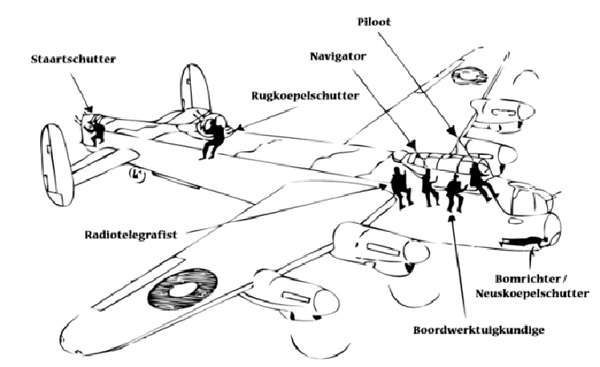|
The crew |
||||
|
|
||||
| Left to right Darling, Macdonald, Lane, Jackson, Janes, Alexander, Rogers | ||||
| Somewhere in August 1942 the crew of the "Kistna was composed. In the beginning the crew consisted of the following men: Lane, Darling, Macdonald, Alexander, Jackson, Rogers en Jim Janes. (see photograph) | ||||
|
||||
|
||||
| Jim Janes was transferred to a department which operated the radar system known as Oboe, which enabled Mosquito aircraft to mark targets with great accuracy. He did fly anymore operations. Janes was replaced by Peter Balson. | ||||
|
||||
|
The pilot flew the plane. The navigator told him where to go, that is height and direction. The bombaimer helped the navigator by map reading and of course, instructed the pilot on the bombing run and actually dropped the bombs. The wireless operator kept a listening watch for enemy fighter instructions and was able to drown them out by transmitting the noise from the engines. The engineer kept an eye on all the instruments to do with the engines, and controlled the flow of fuel from different tanks.
The
mid-upper gunner and the rear gunner kept a watch out for enemy
aircraft, reported any strange happenings to the pilot and if under attack
were supposed to tell him which direction to fly to avoid the fighter |
||||
|
|
||||
|
|
||||
|
|
||||
